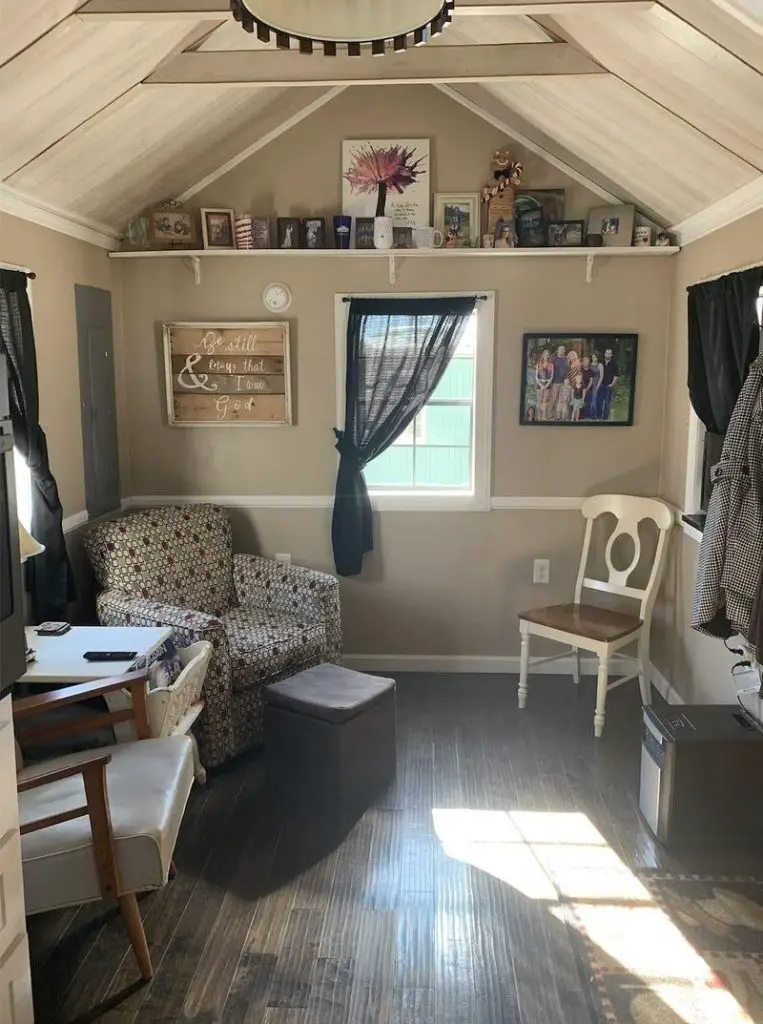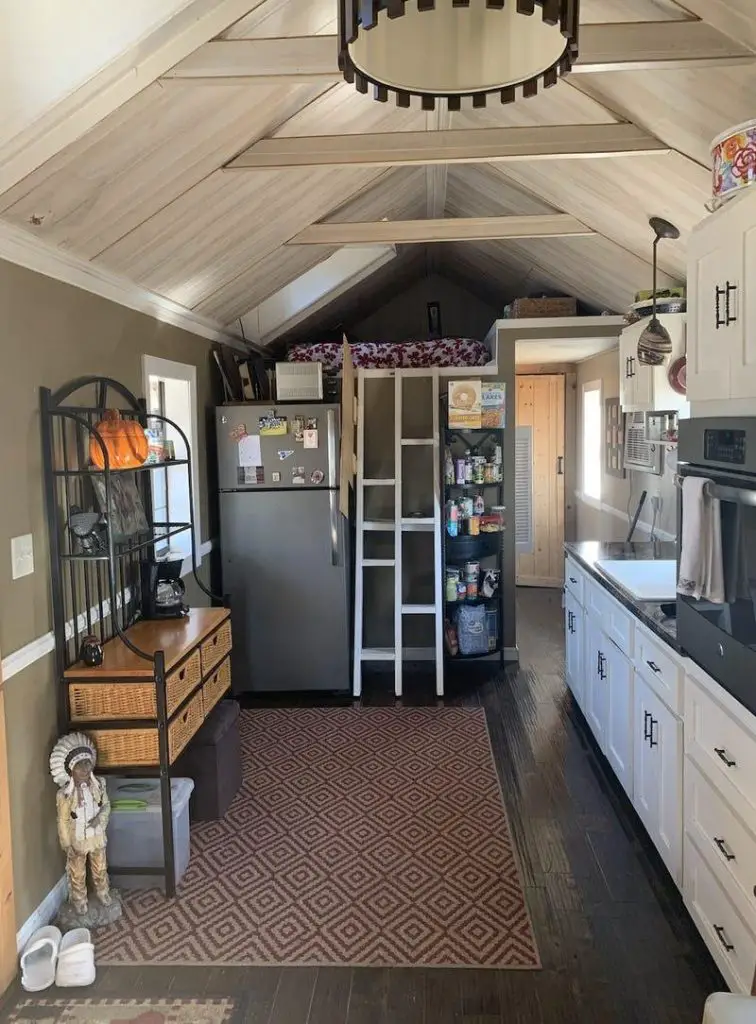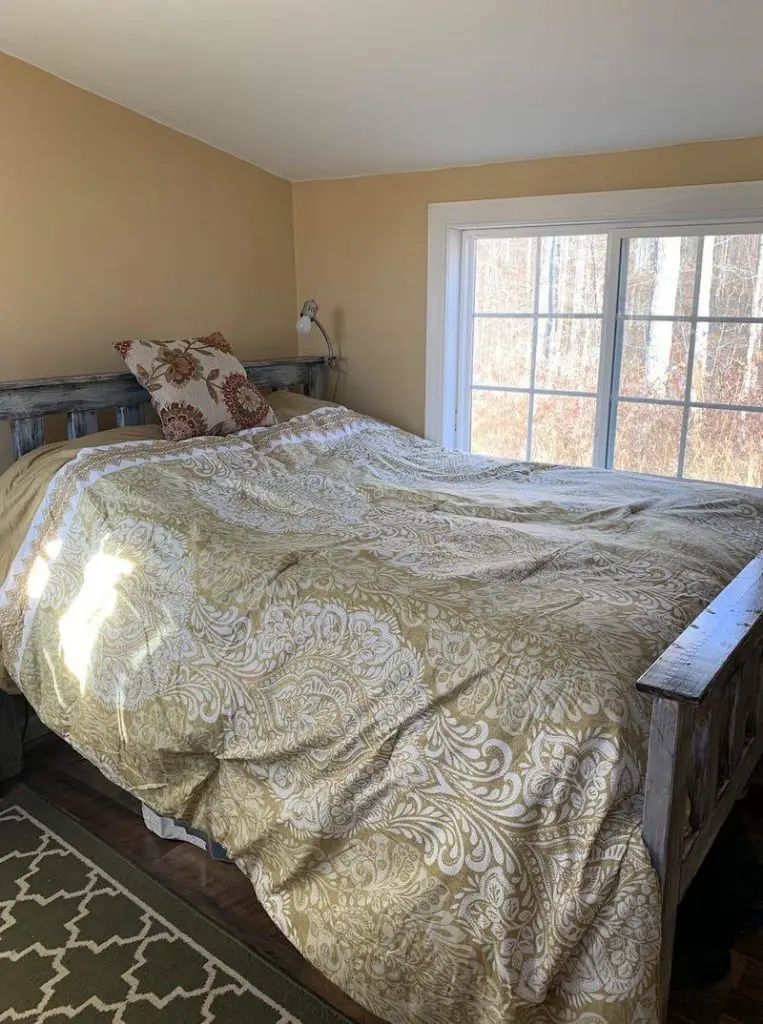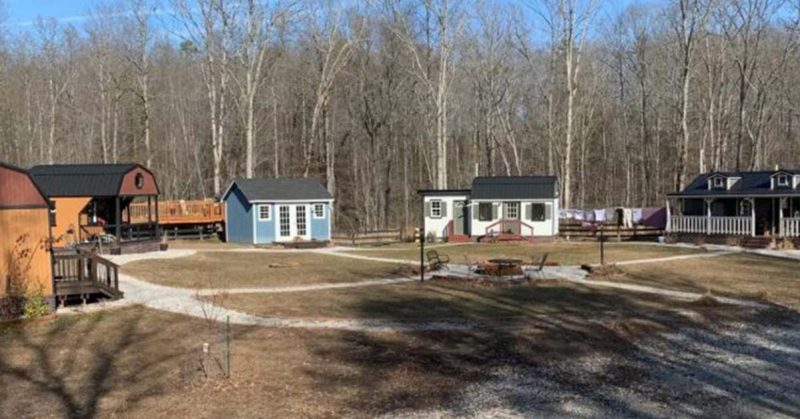Since 2008, the tiny house movement has gained remarkable popularity around the world, especially in the United States when the housing market took a serious downward fall due to the exorbitant prices. As of 2018, with over 500,000 people counted as homeless, the need to adopt an alternative solution to traditional housing became increasingly imminent. [1] The median cost of buying a house in many states around the country is at least $200,000, and it’s always a mortgage nightmare for a large percentage of the population. [2]
Also, houses are now being built to be considerably bigger than normal, and consequently, unnecessary space is being paid for and wasted by occupants. People are opting for the more minimalist choices where they pay for only what they need and still live comfortably. Tiny houses also produce less waste, are far cheaper to maintain, have a lower carbon footprint, and are amazingly sustainable.
For this family based in Kentucky, the tiny house trend seemed like the best option when they wanted a change in their lifestyle. Keli and Ryan Brinks and their children moved from their 2,200 square foot home in Michigan to a 21-acre tiny house village in London, Kentucky. [3] Their new home has 6 tiny houses forming an arc in the middle of the land. Everyone has their own house with optimum privacy, which is especially great for their two kids, Lennox (18-year-old girl) and Brodey (16-year-old boy).

In 2015, the couple decided to purchase the $57,000 parcel of land in Kentucky, a state with minimal restrictions about housing. Also, the land was a great deal, far cheaper than it would have been in many other states. With an extra $20,000, they built a private village for themselves consisting of six tiny and sustainable houses. Every member of the family has a home to themselves, except for the parents who share a house.
Details
Of course, the parents had to have the best home for themselves, and it’s a 280 square foot house that cost $9,000 to build, complete with a kitchen, a living room, and a bathroom. Despite being small, the couple smartly furnished the home so that on the inside, it looks a lot bigger and more spacious than it does on the outside. There are also a lot of storage spaces and cabinets embedded in the walls.



Lennox is that 18-year-old girl living the dream life with a 160-square foot house all to herself. On the outside, Lennox wanted her home to look like an actual barn, and while her parents came through on that front, they fitted it with a regular door. The house has a ground floor which contains her dresser, couch, and TV, and the loft above is fitted with a king-sized bed.


Where his sister went for the barn feel, Brodey wanted a wood cabin decor. The 16-year-old also has a 160 square feet house with the same arrangement as his sister’s. A ground floor to house his essentials and a king-sized bed in the loft above. To complete the aesthetic, his home has a lovely porch in the front and some grassy potted plants.


Next to Brodey and Lennox’s houses is the guest house, which also houses the bathroom. The children’s homes do not have bathrooms so they have to leave their cabins to use the guest house, which is not a problem for them. The guest house also contains the washing machine and dryer.


The family has a 180 square foot building that serves as the pool and game house. It’s a family center where they gather to sit around, watch TV, play board games, and swim. The pool is 18 by 33 feet and 8 feet deep.

The smallest house, a 64 square foot structure serves as the office and this is where the parents get all their work done. Additionally, they own a large chicken coop and a barn for the goat. In the center of the arc formed by the houses is a fire pit for the occasional smore night.



A refreshing way of life
In the Brinks’ household, the mantra “Refuse, Reduce, Reuse, Recycle” has an important place. They are an environmentally conscious family and everyone is charged with rejecting plastic bags when they are out shopping. They use fabric sacks or cardboard bags instead. Also, their sustainable lifestyle reduces the amount of waste they produce, and all kitchen leftovers are sent to the coop. They reuse items for as long as they are in good condition. Everything that can be recycled is bagged separately and they only produce a bag of trash every week.
They are also paying $200 less on utilities than they averagely paid in Michigan. There’s no need to leave the electricity on in houses that are not always in use. The family also grows their own food from the garden and spends a lot less money on grocery shopping.
References
- “The State of Homelessness in America.” The Council of Economic Advisers (CEA). September 2019.
- ” The median home price in the U.S. is $200,000 — here’s what that will get you across the country.” CNBC. Emmie Martin. Retrieved October 28, 2020.
- “A family of 4 lives in a private tiny-house village where the kids have their own homes. Take a look inside.” Insider. Frank Olito. Retrieved October 28, 2020.

